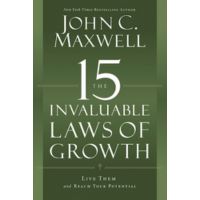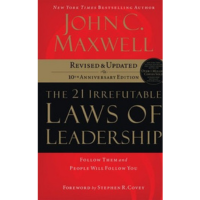Description
The past few years have brought an endless cascade of social media movements that left many of us . . . well . . . scratching our heads. #Occupy Wallstreet. #March For Our Lives. #Black Lives Matter. #MeToo. #ClimateChange. Regardless of how you might feel about these protests, each symbolizes a gap. Despite the perspectives on all sides of these causes, a clear issue remains:
There is a huge gap in this country that few are taking seriously.
While diversity is usually seen as an ethnic, gender, or income issue—there is a new kind of diversity that only eight percent of U.S. companies even recognize: diverse generations on teams.
Long laughed off as a cliché and more recently mocked in memes #HowToConfuseMillennials and #OKBoomer hashtags, the generational gap has become an undeniable tension in the global workplace. Sadly, it has fostered:
- Loneliness in our workplaces.
- Poor communication on our teams.
- Reduction in revenue and team morale.
- Conflicting values and priorities in the office.
- Divisions that lead to “walls” instead of “bridges.”
For the first time in history, up to five generations find themselves working alongside each other in a typical company. The result? There can be division. Interactions between people from different generations can resemble a cross-cultural relationship. Both usually possess different values and customs. At times, each generation is literally speaking a different language!
How can we hope to work together when we can’t even understand each other?
This book provides the tools to:
- Get the most out of the strengths of each age group on your team.
- Foster effective communication instead of isolation among people.
- Build bridges rather than walls so that loneliness becomes connectedness.
- Connect people to learn how both veterans and rookies can mentor each other.






Reviews
There are no reviews yet.